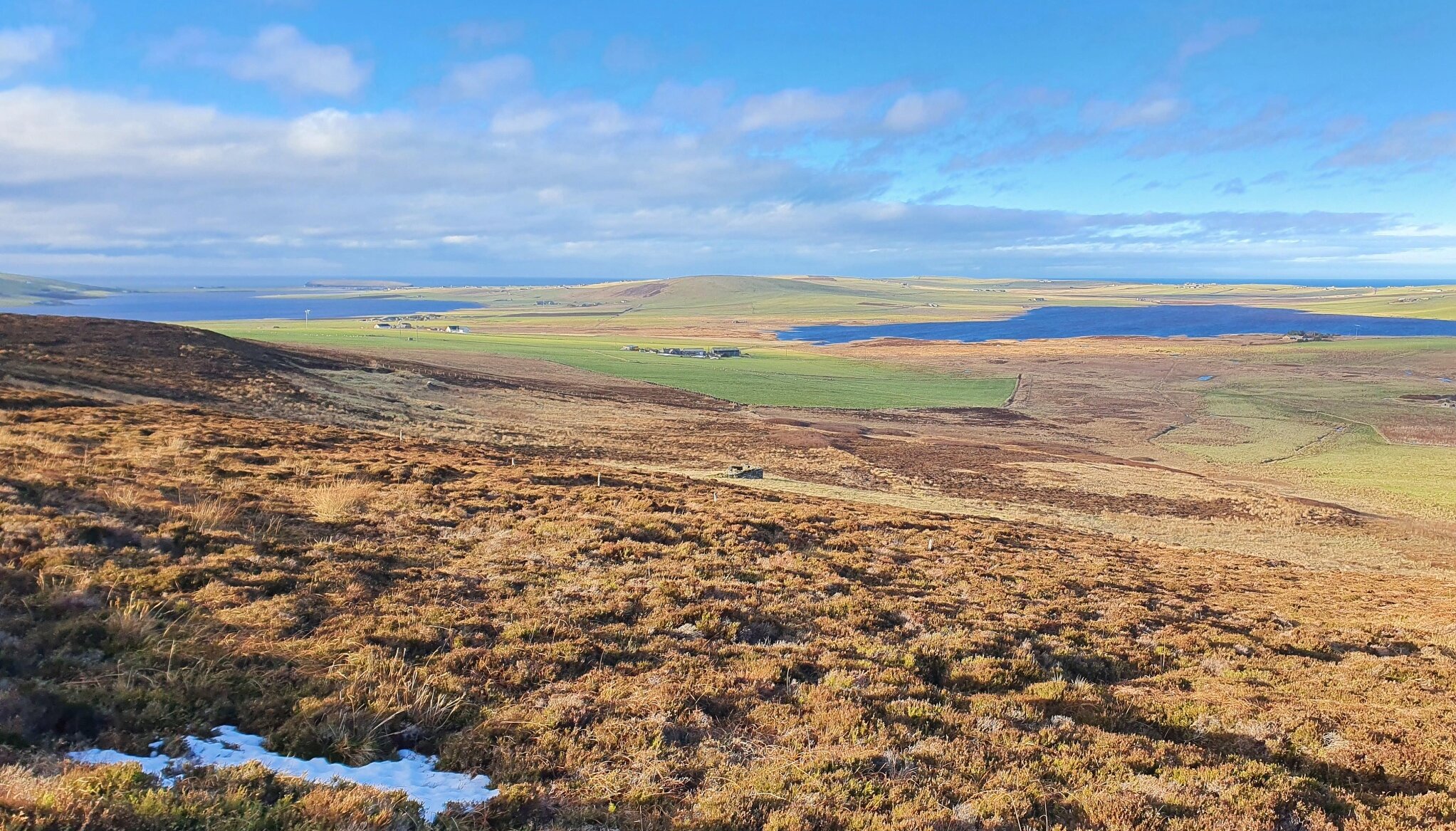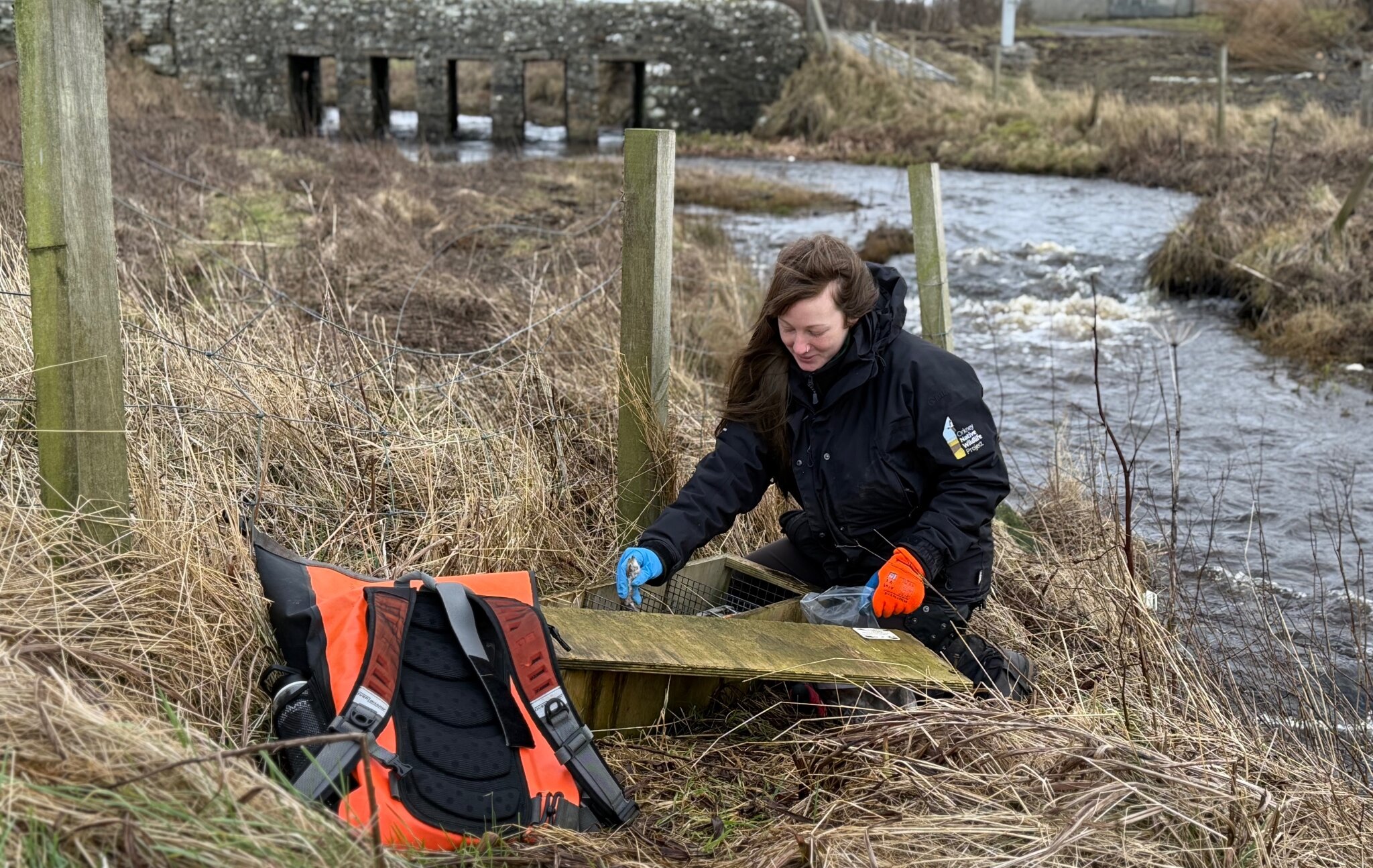Stoats have wreaked ecological disaster on islands all over the world, most notably, New Zealand. The country’s cautionary tale has taught us to act fast and inspired how we can tackle the issue.
It’s thought stoats were introduced in New Zealand during the 1880s to control rabbits, however the plan backfired, and they are now described as “public enemy number one.” Stoats are largely blamed for the extinction of several species – including the laughing owl and mātuhituhi. This all happened within 100 years of the invasive species’ arrival. They’re also putting pressure on the country’s iconic kiwi birds, which are on the edge of extinction.
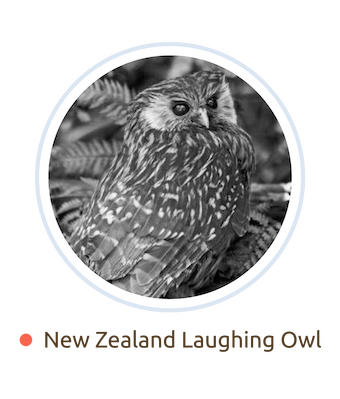
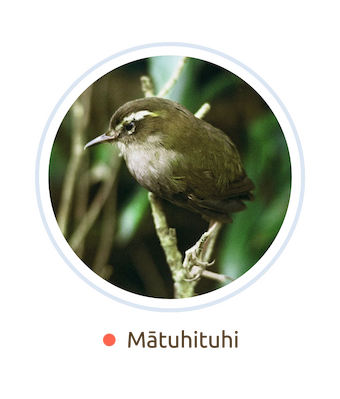
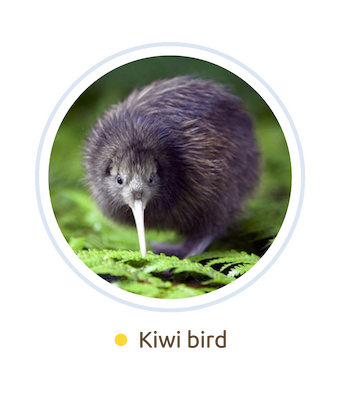
New Zealand has since responded with an ambitious goal to be predator free by 2050. The movement has seen a lot of wins. They’ve successfully eradicated stoats from several islands around the country – some within just four months of starting. The Orkney Native Wildlife Project has been set up as a similar response to stoats arriving here.
However, unlike New Zealand, Orkney has a few advantages which has given us a head-start of sorts.
Stoats haven’t been here as long
Stoats were first spotted in our isles in 2010. After a review to see if a stoat-free Orkney was possible, we started trapping in 2019. While this was enough time for stoats to establish a strong population in Orkney, it doesn’t compare to the over-100 years they had to spread across New Zealand’s islands. Compared to other projects, we’ve acted fast and it means we can get the job done sooner rather than later.
A lot of eradication methodology has already been laid out
Lucky for us, New Zealand had already figured out how to eradicate stoats from islands. A schoolteacher might call it plagiarism, but a lot of our methodology has been inspired by how they’re doing it. From the types of traps, bait, network planning, and monitoring techniques – we’ve saved a lot of time and money by copying our friends down south. Of course, we haven’t completely replicated their eradication methods – Orkney is unique in its size, climate, and landscape. But New Zealand’s research certainly helped us set a base strategy we could branch off from.
If you have seen a stoat, report it to orkenynativewildlife.org.uk/report.





